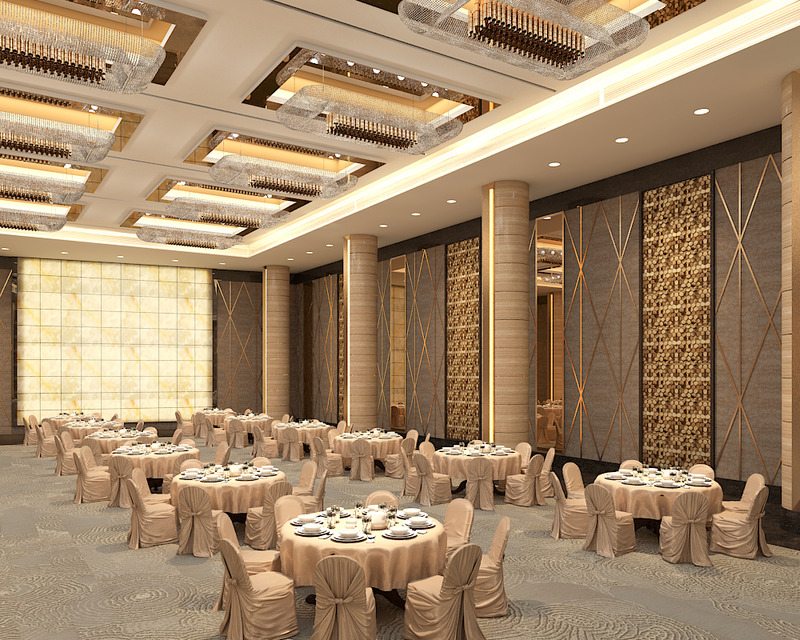Creating unforgettable guest experiences in the hospitality industry requires more than just luxury amenities—it demands a keen understanding of ambiance, material selection, and spatial planning. Thoughtful hospitality interior design has the power to influence emotions, foster relaxation, and create lasting impressions, making it a crucial element in hotel interior design, resorts, and boutique accommodation interiors.
The Role of The Role of Ambiance in Hotel Interior Design
Ambiance sets the tone for a guest’s experience from the moment they walk through the door. The right combination of lighting design, color palette ideas, textures, and scents can evoke emotions ranging from comfort and serenity to excitement and indulgence.
- Lighting Design: Warm, dimmable ambient lighting creates a cozy and inviting atmosphere, while natural lighting enhances openness and energy in luxury hotel interiors.
- Color Psychology: Soft, neutral tones promote relaxation, whereas bold, vibrant colors in communal zones support an engaging hotel interior design style.
- Sensory Design Elements: Scented diffusers, soft music, and the use of natural materials in interior design such as wood and linen reinforce the brand identity and elevate the sensory experience.

Material Selection: Crafting a Luxurious Yet Sustainable Experience
The choice of materials directly impacts a guest’s perception of quality and comfort. High-end, sustainable, and durable materials not only contribute to aesthetics but also enhance functionality and longevity.
- Natural Elements: Wood, stone, and organic fabrics help create warm, modern hotel interiors while contributing to sustainable interior design practices.
- Eco-Friendly Choices: Recycled materials, energy-efficient lighting, and water-saving plumbing align with today’s demand for green hotel interiors and biophilic interior design.
- Tactile Comfort: Plush furniture, soft bed linens, and ergonomic furnishings are crucial in luxury hospitality interior design, offering guests an elevated comfort experience.
Spatial Planning in Commercial Interior Design
Effective spatial planning is essential in commercial interior design, particularly within the hospitality sector, where layout and flow must cater to various guest activities and moods.
- Seamless Transitions: Open-plan lobby interior designs encourage interaction, while defined private zones such as suites and spa areas allow for personal retreat.
- Zoning Strategies: Strategically placed lounge areas, reading nooks, and business corners cater to diverse guest needs—whether for leisure, work, or rest.
- Smart Hotel Technology Integration: Automated room controls, smart lighting systems, and keyless check-in are now central to modern hotel interior design.
The Impact of Thoughtful Hospitality Interiors
Well-executed interior design for hotels elevates the guest experience, fosters loyalty, and reinforces a property’s brand value. From luxury boutique hotel interiors to sustainable resort design, every design element should work cohesively to create memorable stays.
When ambiance, materials, and space planning services are aligned with intention, the result is more than accommodation—it’s an experience that resonates long after checkout.

Conclusion
Hospitality interior design goes beyond aesthetics—it’s about crafting emotionally resonant environments that deliver comfort and function in perfect harmony. By emphasizing ambiance, eco-conscious material choices, and intelligent spatial layouts, interior designers can transform ordinary hotel spaces into extraordinary guest experiences. Whether it’s a 5-star hotel interior, a cozy boutique resort, or an eco-retreat, the right design can ensure guests always feel right at home.

